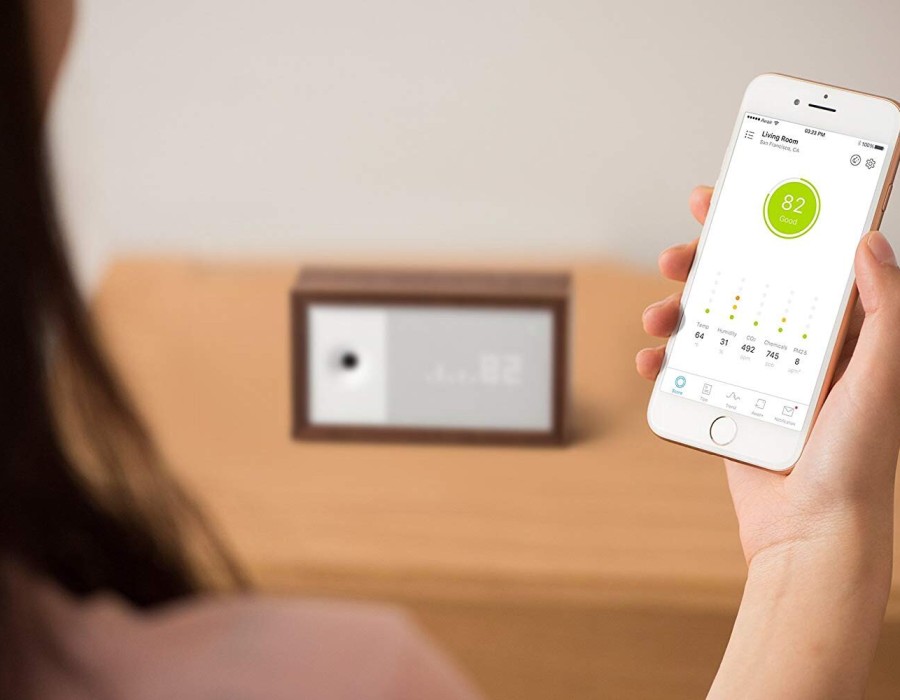Introduction
When you think about improving your home, you might focus on new furniture, paint colors, or the latest appliances. But have you ever considered the air you breathe? Indoor air quality monitoring is a crucial aspect of creating a healthier and more comfortable living environment. In this blog, we will explore why monitoring indoor air quality is important, how it works, and the benefits it offers.
What is Indoor Air Quality Monitoring?
Indoor air quality monitoring is the process of measuring the quality of the air inside your home. It involves tracking various factors such as pollutants, allergens, and humidity levels. This helps you understand what is in your indoor air and how it might affect your health and comfort.
Why Indoor Air Quality Matters
You might be surprised to learn that indoor air can be more polluted than outdoor air. This is because homes can trap dust, mold, pet dander, and other pollutants. These can cause health problems like allergies, asthma, and other respiratory issues. By using indoor air quality monitoring, you can identify these issues and take steps to improve your home's air.
How Does Indoor Air Quality Monitoring Work?
Indoor air quality monitoring uses sensors to measure different aspects of your indoor air. These sensors can track:
- Particulate Matter: Tiny particles that can irritate your lungs.
- Carbon Dioxide (CO2): High levels can make you feel tired or sluggish.
- Humidity Levels: Too much or too little humidity can affect your comfort and health.
- Volatile Organic Compounds (VOCs): Chemicals from household products that can cause health problems.
The sensors collect data and often send it to an app or a display in your home. This allows you to see real-time information about your air quality and make adjustments if needed.
Benefits of Indoor Air Quality Monitoring
Monitoring the air in your home has several important benefits:
1. Improved Health
The main reason to monitor your indoor air quality is to protect your health. By tracking pollutants and allergens, you can take steps to reduce exposure and prevent health issues. For example, if you find high levels of dust, you can increase cleaning or use an air purifier.
2. Enhanced Comfort
Good air quality makes your home more comfortable. If your home has high humidity, it can feel damp and sticky. If it’s too dry, it can be uncomfortable and lead to dry skin. Indoor air quality monitoring helps you keep your home at the right level of comfort.
3. Energy Efficiency
When you monitor your indoor air quality, you can also improve the efficiency of your heating and cooling systems. For example, if your system is working harder due to poor air quality, it can use more energy. By improving air quality, you can make your system run more efficiently and save on energy bills.
4. Early Detection of Problems
Indoor air quality monitoring can help you spot issues before they become big problems. For example, if you notice a sudden increase in pollutants, it might indicate a problem with your ventilation system. Early detection allows you to address issues quickly and avoid costly repairs.
5. Peace of Mind
Knowing that your indoor air quality is being monitored provides peace of mind. You can relax knowing that you’re taking steps to ensure a healthy and comfortable environment for you and your family.
How to Get Started with Indoor Air Quality Monitoring
Getting started with indoor air quality monitoring is easier than you might think. Here’s a simple guide:
1. Choose a Monitor
There are many types of air quality monitors available. Look for one that measures the factors important to you, like particulate matter, CO2, and VOCs. Make sure it has good reviews and is easy to use.
2. Place the Monitor
Place the monitor in a central location in your home where it can get an accurate reading of the air quality. Avoid placing it near windows or vents, as these can affect the readings.
3. Review the Data
Check the data regularly to see how your air quality is doing. Most monitors come with an app or display that makes it easy to understand the information.
4. Take Action
If you see any issues with your air quality, take steps to improve it. This might include using an air purifier, improving ventilation, or reducing sources of pollution like smoking or using certain cleaning products.
Conclusion
Indoor air quality monitoring is a valuable tool for maintaining a healthy and comfortable home environment. By keeping track of the air you breathe, you can make informed decisions to improve your indoor air quality. Whether you’re dealing with allergies, seeking better comfort, or just want peace of mind, monitoring your indoor air quality can make a big difference. Start today and breathe easier knowing you’re taking care of your home and your health.





Comments